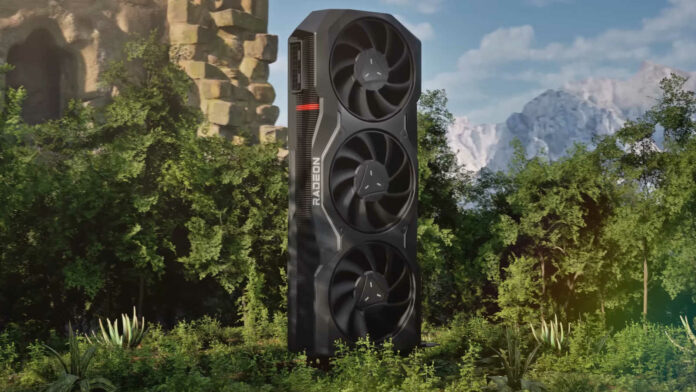For all the preliminary looks we’ve had at RDNA 4, the architecture has avoided any benchmarking until now. However, these are not the results we’re looking for. The scores we have to hand now are clearly indicative of early samples, with a long road ahead of them. While the results of these tests aren’t worth paying much mind to, the detailed specifications list that comes part and parcel is.
Specifications unavoidably separate the best graphics cards from weaker stock. Memory bandwidth and capacity have received particular attention this generation, as entry-level models like GeForce RTX 4060 fall relatively short in both categories. Thankfully, it appears as though AMD may not fall foul of this potential pitfall with at least one pixel pusher.
X user Benchleaks spotted not one but five Geekbench results for an AMD Radeon graphics card by the name of ‘gfx1201’. This is likely an RDNA 4 GPU, as previous iterations of Team Red’s architecture used similar codenames such as GFX115X (RDNA 3.5) and GFX11XX (RDNA 3).
All but one of the benchmarks paired the graphics card with a Core i7-12700F, the exception being a Core i7-13700K. However, there isn’t much between the best scores produced by either chip (33,139 vs. 33,241), let alone how much results wildly vary on the Alder Lake CPU, bottoming out at 12,962. It’s clear that this isn’t indicative of final GPU performance and is likely an engineering sample instead.
More interestingly, though, we see gfx1201 features 16GB of VRAM (likely GDDR6) and 28 compute units (CUs). The latter specification is likely misinterpreting workgroup processors (WGPs) as CUs. This would double the graphics card’s count to 56, potentially leaving it with 3,584 stream processors.
Taking all of these specifications into account, gfx1201 looks like the RDNA 4 replacement for Radeon RX 7800 XT. They each have the same amount of VRAM and are close in compute unit count. While it’s obviously unclear how this prospective 8800 XT will perform, we know AMD is planning to give ray tracing performance a big boost with new architectural features.
We may not have long to wait before AMD shows off its RDNA 4 architecture, with some predicting an October release. Failing that, the most likely launch candidate is CES 2025. Until we receive official word, be sure to take all the above with a healthy pinch of salt, or however else you like to season your scepticism.
RDNA 4 won’t be the only GPU architecture to hit the scene in the coming months. Check out our guides to Nvidia RTX 50 series and Intel Battlemage too, to get a full lay of the land.

